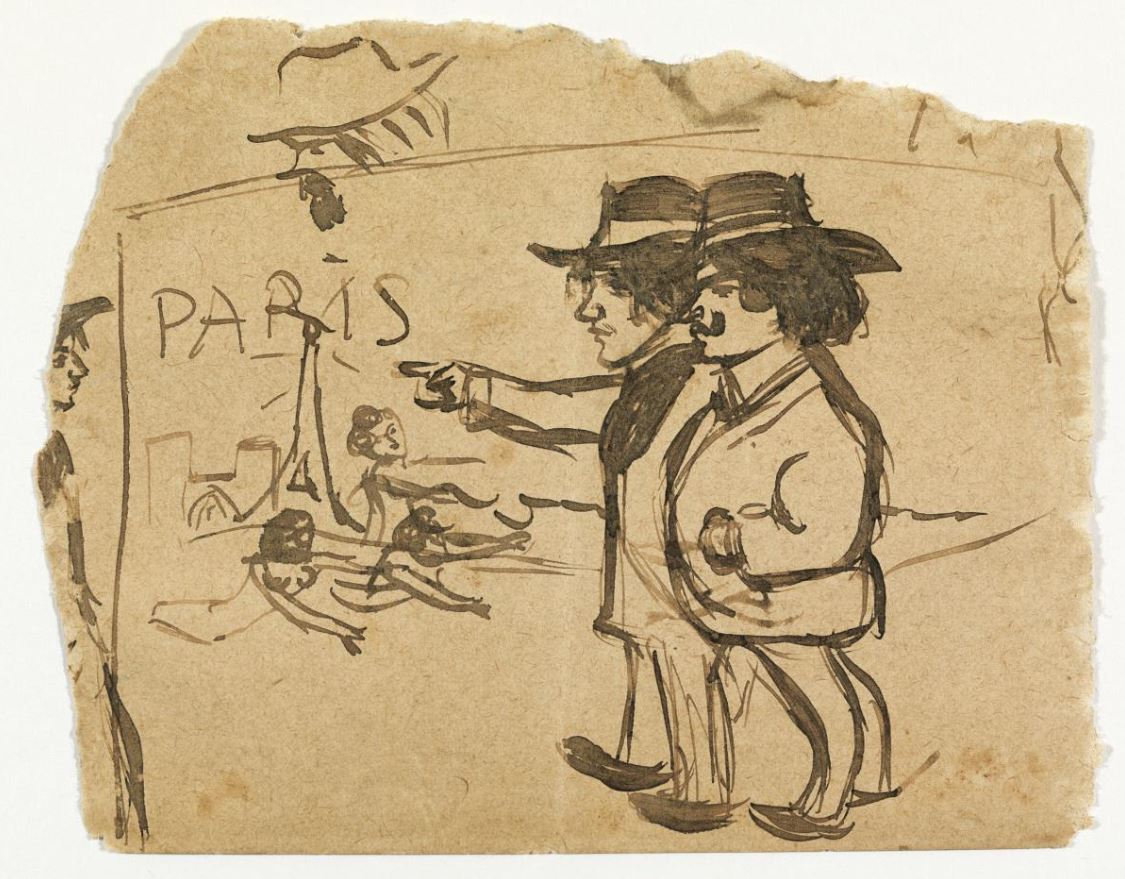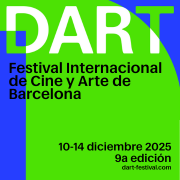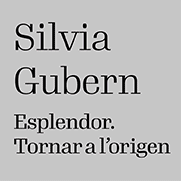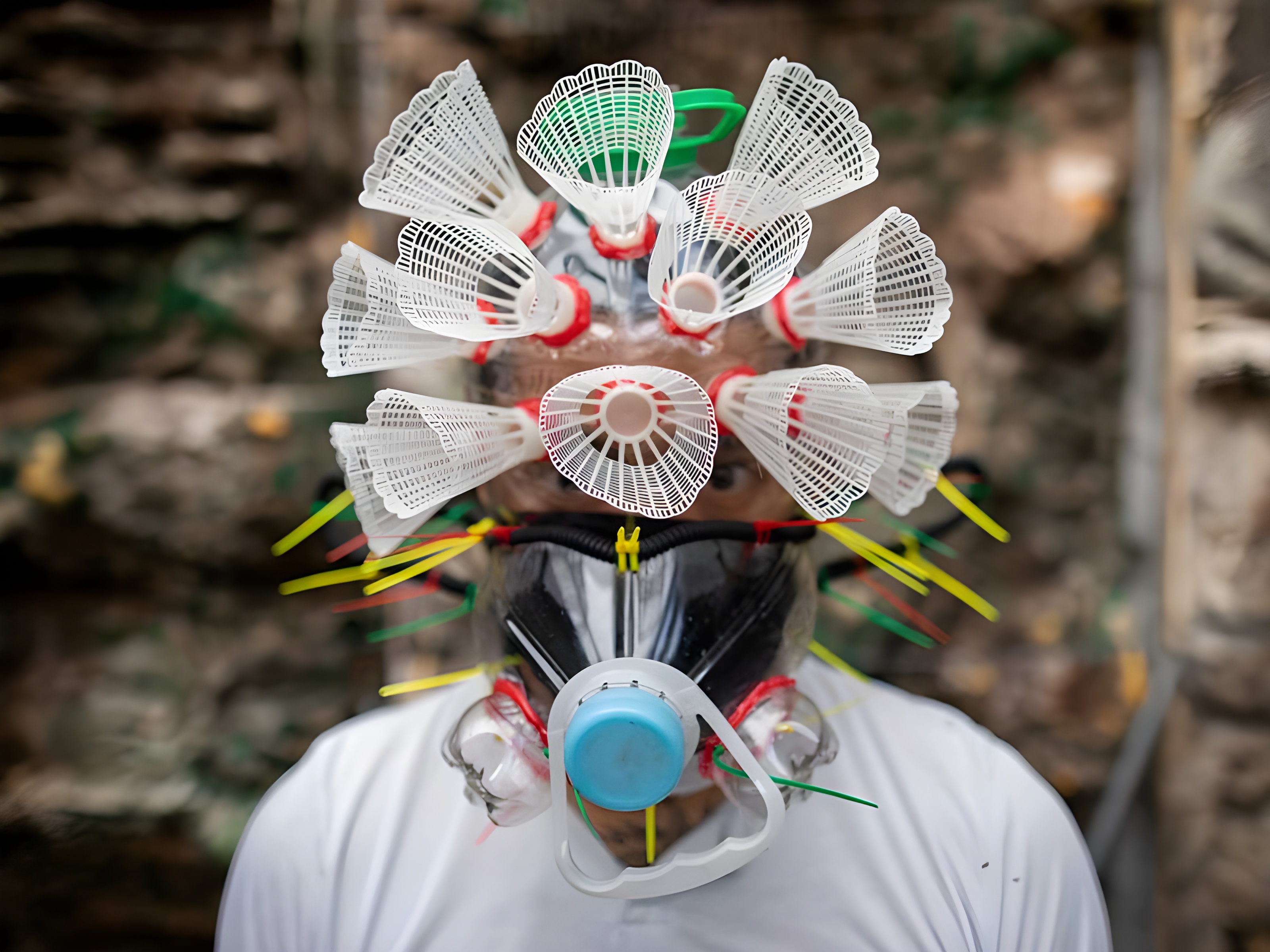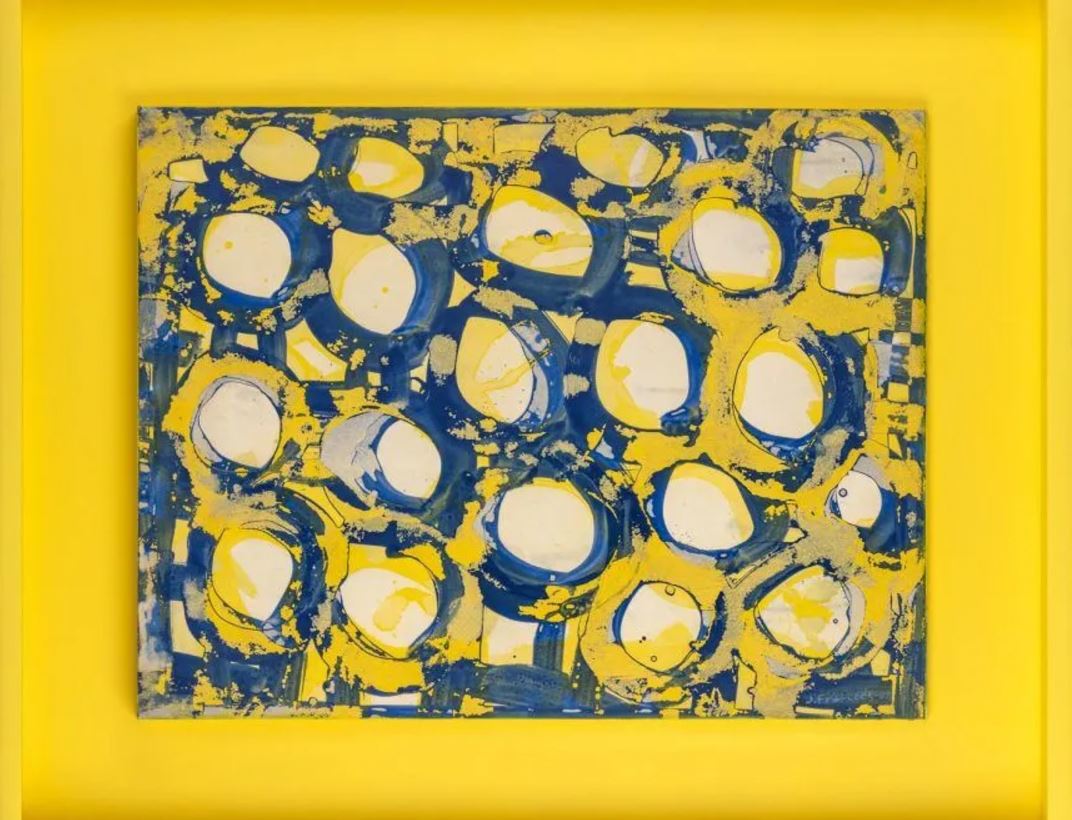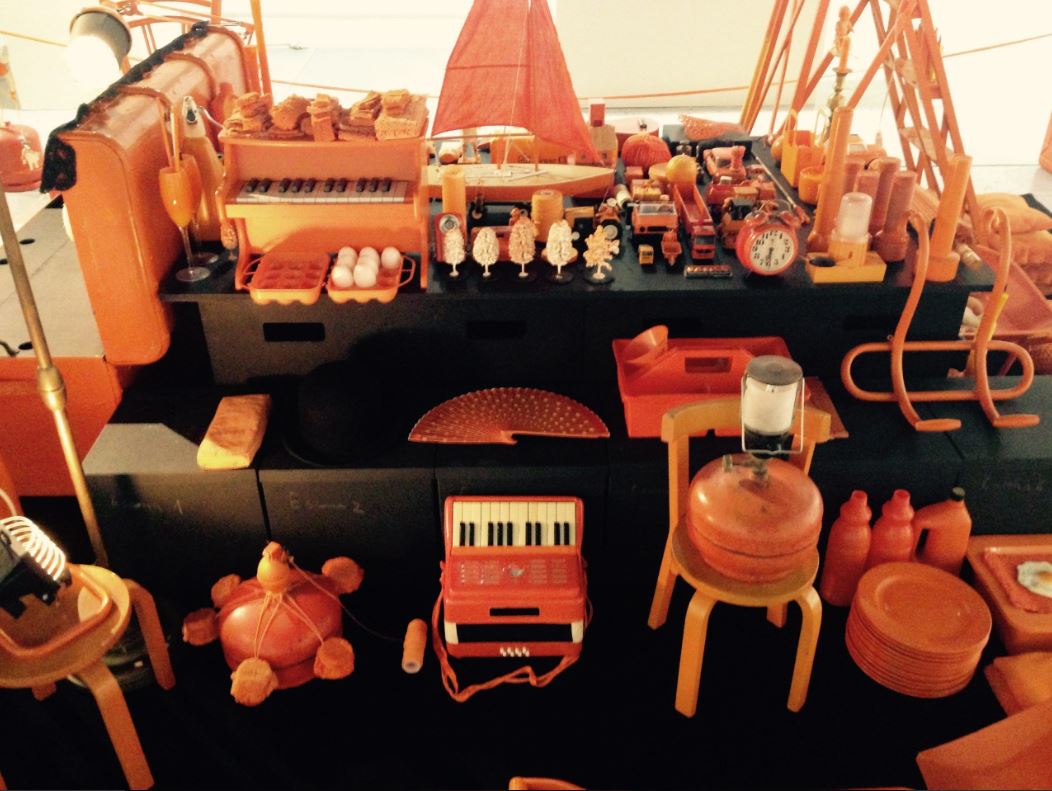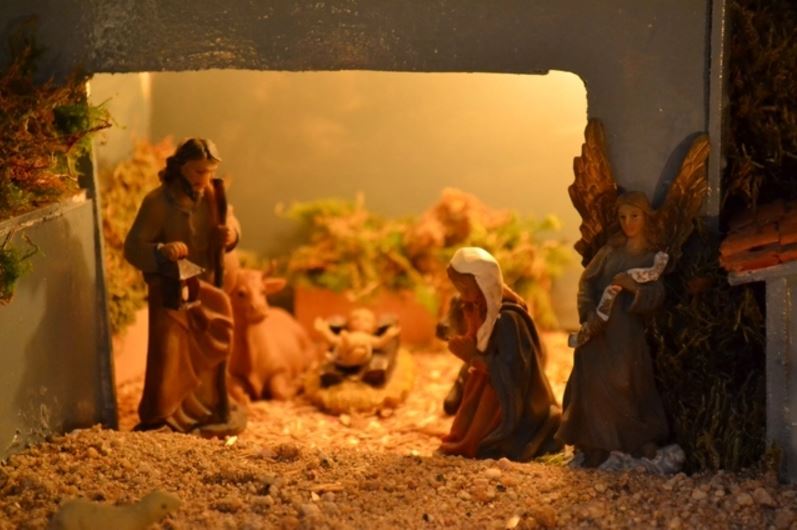Exhibitions
Catalan artists in Belle Époque Paris
A look at his contribution to the European artistic scene, at the Picasso Museum.
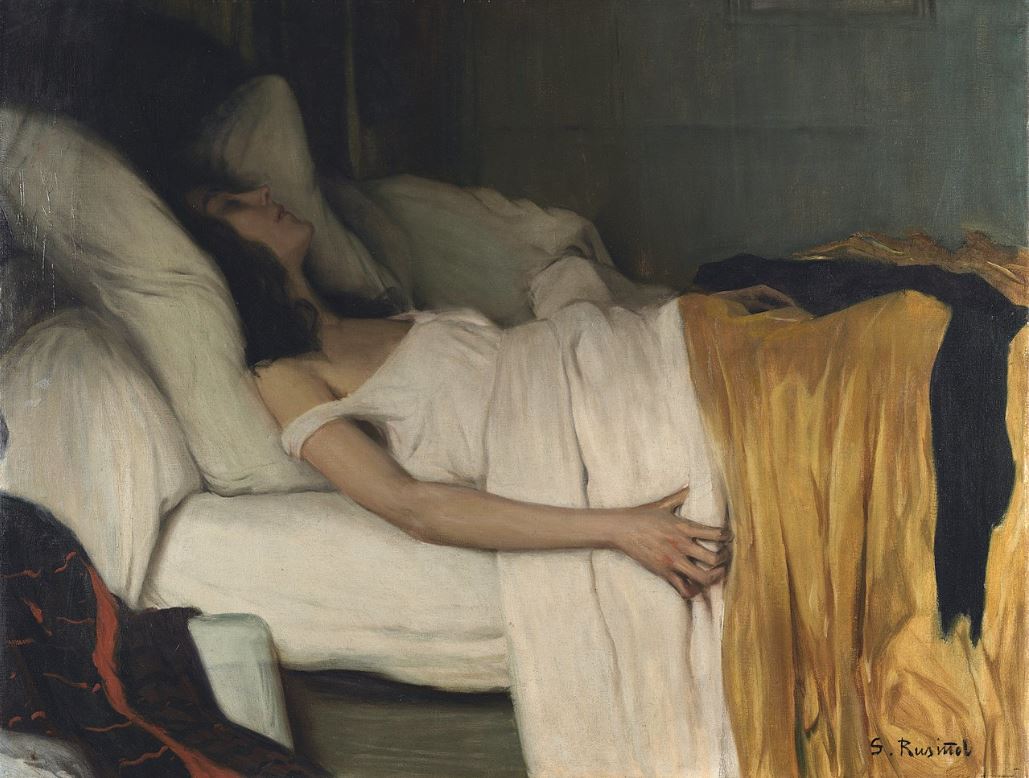
It is well known and repeated that Paris became the nerve center of artistic and cultural creation at the end of the s. 19th and early s. 20th It was in this context that many Catalan artists found in the French capital an ideal space to develop their talent and be attracted by the effervescence of modernity.
'From Montmartre to Montparnasse. Catalan artists in Paris, 1889-1914' at the Picasso Museum shows us this Paris, a symbol of freedom and innovation, but also claims the contribution of Catalan creators to the European artistic scene of that time. The exhibition brings together more than 250 works by around eighty creators—painters, sculptors, musicians, writers—that reflect the multidisciplinary richness and bear witness to three generations of Catalan artists, among whom stand out names such as Santiago Rusiñol, Ramon Casas , Isidre Nonell, Pau Casals or Isaac and Laura Albéniz , but also others not so well remembered as Joan Sala or Manuel Feliu de Lemús .
The exhibition, which can be visited until March, manages to transport us for a few moments to the Paris of the late 19th and early 20th centuries, thanks to a visual and documentary support based on images and filming that contextualize the profound social and cultural changes of the moment The various rooms of the exhibition unfold a story that addresses themes such as the arrival of artists in Paris, creative bohemia, the nights of the city, Parisian elegance, the main artistic poles and the dynamics of the cultural scene, until the decline of that optimistic and euphoric decade, marked by the tragic outbreak of the First World War. The tour ends with a video that captures the devastating impact of the war, showing soldiers marching to the front and illustrating the end of an entire era.
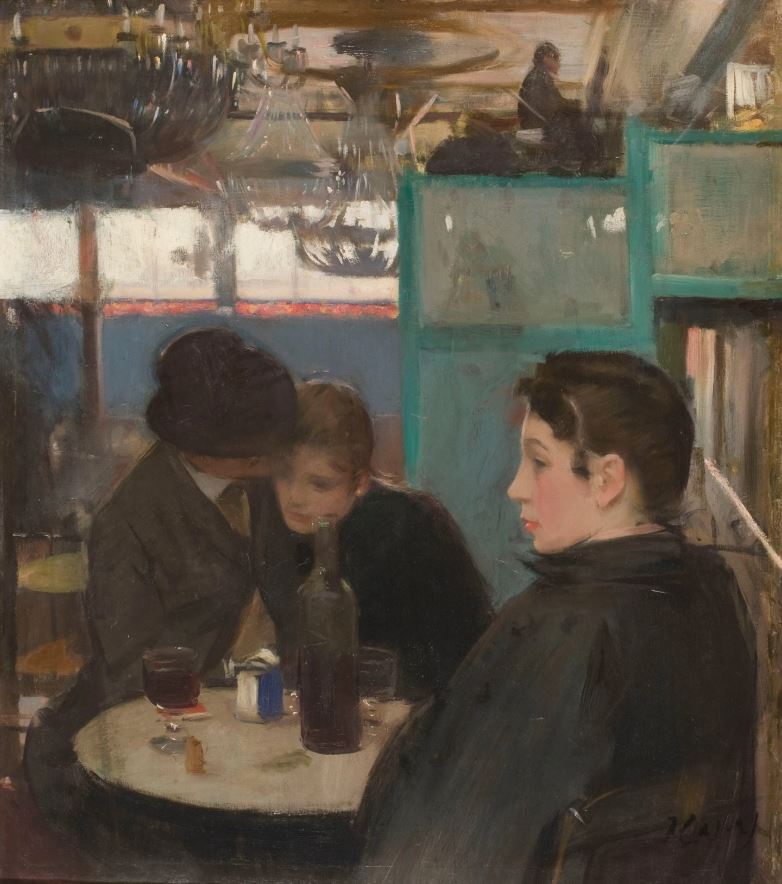
Montmartre, Montparnasse and the Latin Quarter became the epicenters of a naturalist bohemia that, spread across Europe at the end of the 19th century, attracted marginal artists who found in these poor neighborhoods a space of creative freedom away from the demands of the bourgeois market. These figures, often considered to be of a certain artistic proletariat, valued the freedom to create more than commercial success, portraying friends, lovers and scenes from their surroundings.
In contrast, the exhibition also shows us the painters who, despite not being part of this bohemia, made a career in Paris thanks to the support of the great merchants and the opportunities of the bourgeois market. These artists, integrated in more professional and affluent circles, were mainly dedicated to commissioned portraits in which the idealization of the portrayed figure was essential, reflecting a dual Paris in which crudeness and elegance, marginality and refinement coexisted. In this context, the bourgeois and urban woman walking along the boulevards, bohemia, youth, art, freedom and love define a certain way of life that would mark the city and all these artists.
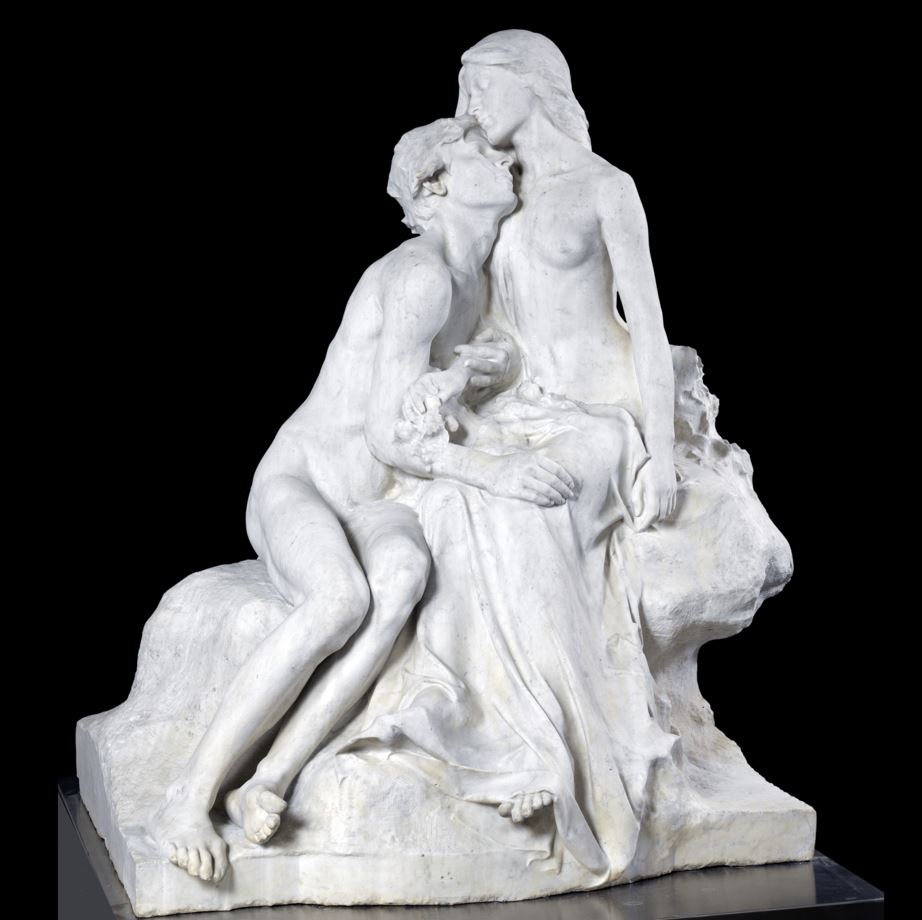
Another relevant aspect of the exhibition is the coexistence of established artists with others less known. This inclusive perspective sees figures forgotten by a historiography often focused on impressionism and the avant-gardes, highlighting the richness and diversity of the artistic landscape of the time. At the same time, it highlights the essential role of memorialists, who, with their direct testimonies, help to better understand this period. An example is the correspondence of Enric Casanovas , which have made it possible to discover the existence of a group of artists such as Gargallo, Julio González and Josep Clarà who lived together for a time in the Latin Quarter.
In short, the Picasso Museum hosts an intense and complex story about the Paris of the Belle Époque, curated and scientifically directed by Vinyet Panyella and Eliseu Trenc , who have provided a rigorous vision of this period, while also paying tribute to a generation of artists who found a space to create with the conviction that art was inseparable from freedom.
